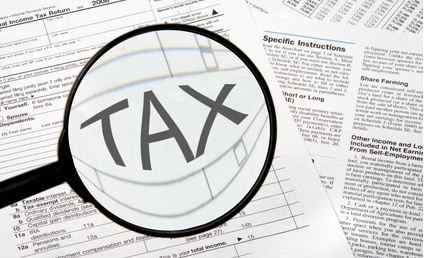Tax Structure in India
We can hate the word tax as much as we want, but the fact is that we can’t run away from it. There is little you can do in the world of business and finance without the word tax coming into the picture. Let’s find out what drives the tax structure in India.
India has a well developed and a continuously evolving tax structure drawn from the Constitution of India which allows the Central and the State Governments to levy taxes. The Central Board of Direct Taxes is the key player when it comes to giving advice on policy and planning of direct taxes, and their collection. It comes under the Department of Revenue, under the Ministry of Finance.

Structure of the Taxation system in India
As we mentioned earlier, the power to levy tax has been allocated to the Central and the State Governments. It is important to know that the constitution also states that no authority of law can levy or collect taxes. So how does it work? For every tax, there needs to be an accompanying law that is passed in either the Parliament or the State Legislature. To enable smooth functioning of the taxation system, 3 lists have been put forward in Article 246 of the Indian Constitution.
- List I mentions the areas where only the Parliament can make laws
- List II mentions the areas where only the State Legislature can make laws
- List III mentions the areas where both the Parliament and the State Legislation can make laws
What area of tax does the Central Government control?
The Central Government levies taxes which include direct taxes, income tax, corporate taxes, import and export duties, capital gains taxes and stamp duties on transactions in the stock exchange.
What area of tax do the State Governments control?
The state governments levy taxes which include taxes on entry of goods in state territory, tolls, duties for agricultural income, tax on mineral rights, land revenue and more.
Tax structure for the common man
Now that you’ve got a macro view of the tax structure in India, let’s look into how you as a common man, are going to be affected by the structure. The tax laws for individuals or companies are stated in the Income Tax Act of 1961. If you earn an income, have a business or take part in a financial transaction in India, you are likely to taxed under one of the following heads.
- Income from Salary
- Income from business or profession
- Income from house or property
- Income from Capital Gain
- Income from other sources
Finance Act
Now if you are wondering about the rate of taxes set out in the Income Tax Act of 1961, stop. The rates of taxes are put forward by the Parliament in the Finance Act, presented on the last day of February every year. Commonly, this is known as the annual budget. So whether it is the rate of TDS for professionals or taxes paid by NRIs on business income, the budget encompasses all the rates and levies.
That’s the tax structure of India for you in a nutshell. Here are a few links about the key elements that drive the tax structure in India that we’ve just talked about.
